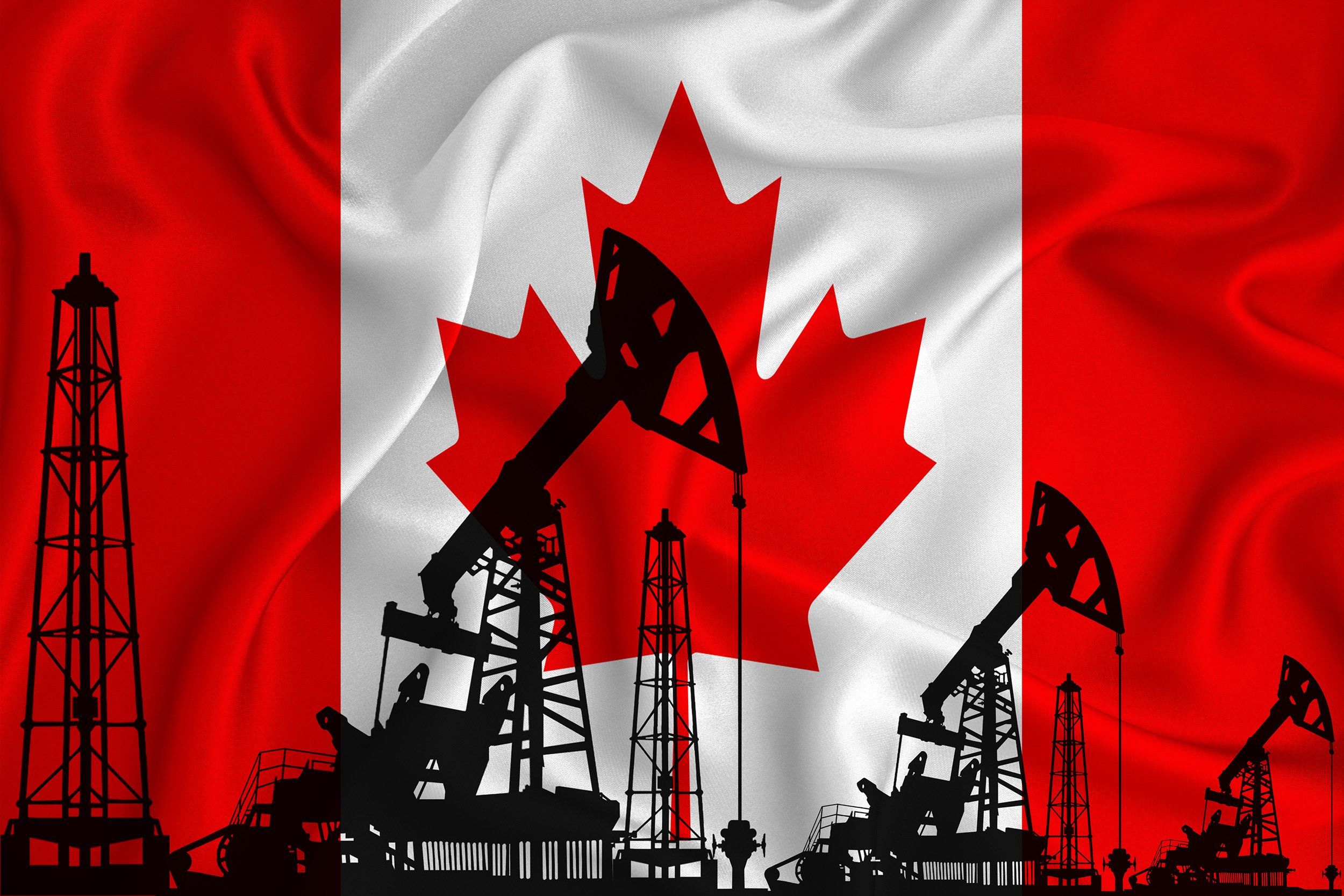
October 30, 2024
Elixir Energy Limited (“Elixir” or the “Company”) is pleased to present its Quarterly Activities and Cash Flow Report.
HIGHLIGHTS
- Daydream-2 well successfully stimulated and flow tested
- Gas flowed from multiple stimulated zones, including deep coals for the first time
- ATP 2077 formally awarded and 173 Bcf additional contingent resources booked
- Elixir’s fiscal position remains strong - $10M at quarter end
MANGAGING DIRECTOR’S REPORT TO SHAREHOLDERS FOR THE QUARTER
The Daydream-2 appraisal well was again the key focus for Elixir during the quarter. The considerable successes of this program (albeit with some ebbs and flows typical of an early stage appraisal program) has provided the Company with a very strong platform to continue to de-risk the Grandis Project.
North America’s considerable experience in large unconventional plays over the last two decades indicates that having multiple operators try different approaches to “cracking the code” to most effectively liberate gas presents by far the optimal approach to really open up such plays.
In this context Elixir is very pleased to be currently accompanied by other active explorers in Queensland’s Taroom Trough. Collectively, considerable sums are being invested, contingent resources booked, knowledge transferred and service sector capabilities continuously improved.
During the last quarter Elixir’s contributions to these collective efforts were material and multiple. These included flowing gas from five out of six stimulated zones, including from deep coals for the first time in this region.
Elixir expects the various current – and likely new – Taroom Operators to expand their efforts in the years to come - to ultimately deliver a lot of gas into the nearby infrastructure that can readily take it to desperately short domestic and international markets.
In the current early stage of such a large play, the teething issues that typically arise include rationing of the required equipment, service sector companies requiring different approaches, etc. Elixir has experienced some of these – but we are convinced that we can see these already being ironed out. For instance, the collective efforts in the region are already leading to interest from the likes of new service sector and infrastructure companies, with highly relevant international expertise and equipment.
During the quarter Elixir was formally granted ATP 2077 – which immediately added 175 Bcf of new contingent resources. The timeline from being notified as preferred tenderer to formal award was very rapid – reflecting the strong Queensland regulatory environment generally and the well established oil and gas presence in the immediate region specifically.
Post the end of the quarter, Elixir was pleased to execute a Memorandum of Understanding with Australian Gas Infrastructure Group (AGIG) to provide a framework under which to better investigate the development of the required infrastructure to take Taroom sourced gas to the nearby market interfaces. Elixir sees this is also an area of potential fruitful cooperation.
Click here for the full ASX Release
This article includes content from Elixir Energy, licensed for the purpose of publishing on Investing News Australia. This article does not constitute financial product advice. It is your responsibility to perform proper due diligence before acting upon any information provided here. Please refer to our full disclaimer here.
EXR:AU
The Conversation (0)
02 May 2024
Elixir Energy
Early-mover in natural gas exploration and appraisal in Australia and Mongolia.
Early-mover in natural gas exploration and appraisal in Australia and Mongolia. Keep Reading...
01 January
Josef Schachter: Oil Stock Buy Signal Approaching, 3 Triggers to Watch
Josef Schachter, president and author at the Schachter Energy Report, shares his thoughts on oil and natural gas prices, supply and demand in 2026. "I think before the cycle is over, the 2007 high of US$147 (per barrel) will be breached, because the industry cannot respond quickly by bringing on... Keep Reading...
24 December 2025
5 Best-performing Canadian Oil and Gas Stocks of 2025
The oil and gas sector closed 2025 amid sharp swings, as ample supply and uneven demand weighed on prices.Crude benchmarks trended lower through the year, with rising output from non-OPEC producers, led by record US production, and higher OPEC+ quotas creating a persistent supply overhang.After... Keep Reading...
22 December 2025
5 Biggest ASX Oil and Gas Stocks of 2025
Oil and gas are key energy fuels, and ASX-listed oil and gas stocks could benefit from their price moves. For the most part, 2025 was a volatile year for both the oil and gas markets. In the first half of the year, oil prices posted moderate gains, spurred on by rising tensions in the Middle... Keep Reading...
22 December 2025
CHARBONE livre son premier chargement d'hydrogene propre UHP en Ontario
(TheNewswire)Brossard, Quebec, le 22 décembre 2025 TheNewswire - CORPORATION Charbone (TSXV: CH,OTC:CHHYF; OTCQB: CHHYF; FSE: K47) (« Charbone » ou la « Société »), un producteur et distributeur nord-américain spécialisé dans l'hydrogène propre Ultra Haute Pureté (« UHP ») et les gaz industriels... Keep Reading...
22 December 2025
CHARBONE Delivers its First Load of Clean UHP Hydrogen in Ontario
- Charbone CORPORATION (TSXV: CH,OTC:CHHYF; OTCQB: CHHYF; FSE: K47) ("Charbone" or the "Company"), a North American producer and distributor specializing in clean Ultra High Purity ("UHP") hydrogen and strategic industrial gases, is pleased to announce the successful delivery of the first load... Keep Reading...
22 December 2025
CHARBONE Delivers its First Load of Clean UHP Hydrogen in Ontario
- Charbone CORPORATION (TSXV: CH,OTC:CHHYF; OTCQB: CHHYF; FSE: K47) ("Charbone" or the "Company"), a North American producer and distributor specializing in clean Ultra High Purity ("UHP") hydrogen and strategic industrial gases, is pleased to announce the successful delivery of the first load... Keep Reading...
Latest News
Interactive Chart
Latest Press Releases
Related News
TOP STOCKS
American Battery4.030.24
Aion Therapeutic0.10-0.01
Cybin Corp2.140.00






